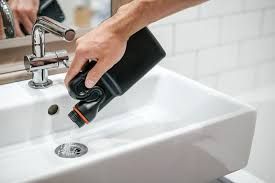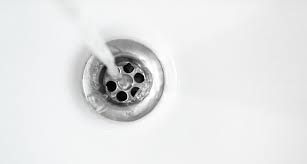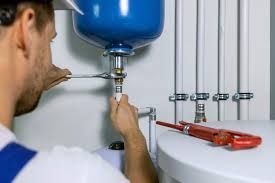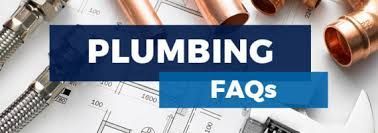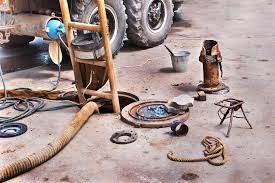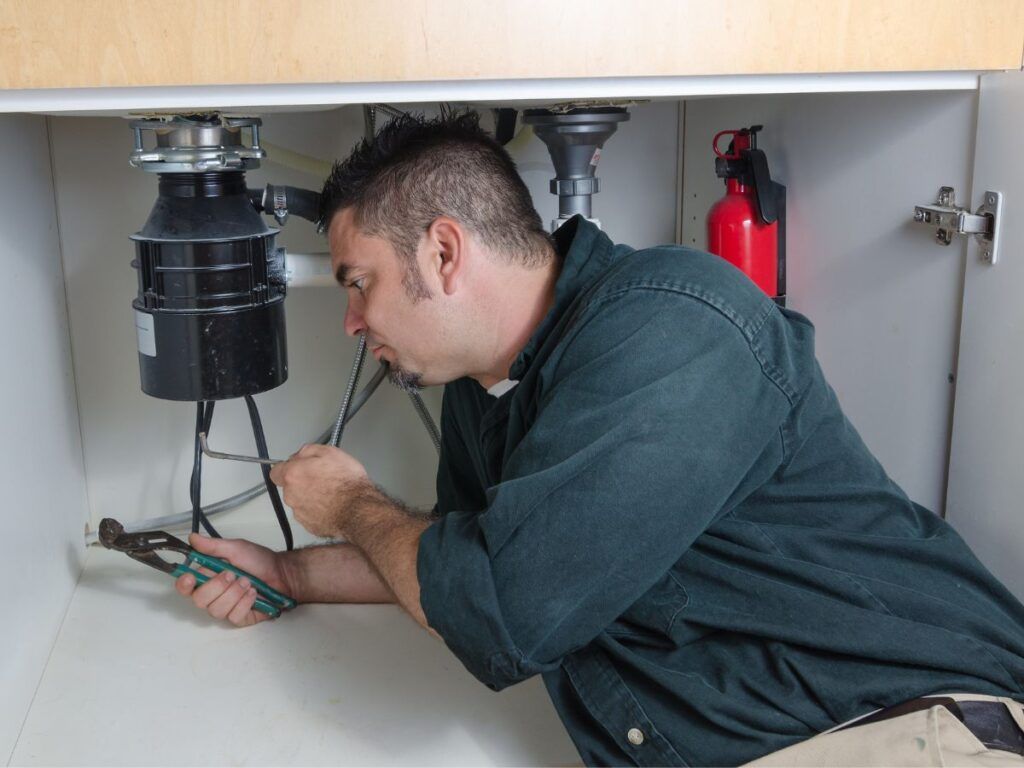How to Test if Your Expansion Tank Is Working Properly
An expansion tank plays a crucial role in maintaining the health of your plumbing system by absorbing excess pressure caused by thermal expansion. If your expansion tank isn’t functioning properly, it could lead to plumbing issues, water heater damage, and even safety hazards.
In this comprehensive guide, we’ll walk you through the process of testing your expansion tank to ensure it’s working effectively. You’ll learn how to recognize signs of a malfunction, conduct simple tests, and determine when professional assistance is necessary.
What Happens If You Don’t Have an Expansion Tank?
Why Is an Expansion Tank Important?
An expansion tank is designed to prevent excessive water pressure in closed-loop systems, where backflow prevention devices are installed. By absorbing expanding water when it heats up, the expansion tank protects your pipes, appliances, and fixtures from unnecessary strain.
Signs Your Expansion Tank May Not Be Working:
- Fluctuating water pressure.
- Constant dripping from the T&P relief valve on your water heater.
- Unusual noises in the plumbing system, like banging or knocking.
- Visible leaks around the expansion tank.
How to Test Your Expansion Tank: A Step-by-Step Guide
1. Check the Physical Appearance of the Expansion Tank
Begin by inspecting the tank for visible damage or leaks.
What to Look For:
- Rust or Corrosion: Indicates potential internal damage.
- Leaks: Water around the base of the tank suggests a rupture.
- Bulging or Deformation: May indicate a failure in the internal diaphragm.
2. Test the Air Pressure in the Expansion Tank
Expansion tanks contain an air bladder that maintains the proper pressure. Testing the air pressure is a key diagnostic step.
Steps to Check Air Pressure:
- Turn Off the Water Heater and Cold Water Supply: This prevents additional pressure buildup during testing.
- Locate the Schrader Valve: Found on the top or side of the expansion tank.
- Use a Tire Pressure Gauge: Press it onto the valve to measure the pressure.
- Compare with Recommended Pressure: The air pressure should match your water system’s static pressure (typically 40–60 PSI).
3. Perform the Tap Test
The tap test is a simple way to assess whether the diaphragm inside the tank is intact.
How to Conduct a Tap Test:
- Tap the Upper Part of the Tank: It should produce a hollow sound, indicating it contains air.
- Tap the Lower Part of the Tank: This should produce a solid sound, indicating it contains water.
- Consistent Sounds: If the entire tank sounds solid, the diaphragm might have failed.
4. Check for Proper Water Flow
A functioning expansion tank should regulate water flow efficiently.
Steps to Test Water Flow:
- Turn on a Faucet: Observe if the water pressure remains steady.
- Monitor the T&P Valve: Frequent drips or discharges suggest excessive pressure and a malfunctioning expansion tank.
What to Do If Your Expansion Tank Fails the Test
If your tests reveal issues, consider the following actions:
- Reinflate the Tank: Use an air pump to add air through the Schrader valve until it matches the system’s pressure.
- Replace the Tank: If the diaphragm is damaged or the tank is leaking, replacement is necessary.
- Adjust System Pressure: Check the pressure regulator on your plumbing system and adjust it to safe levels.
When to Call a Professional
While some expansion tank issues can be addressed at home, others require professional expertise.
Signs You Need a Plumber:
- Persistent water pressure problems.
- Visible rust or significant corrosion on the tank.
- T&P valve constantly dripping or discharging.
- No improvement after DIY adjustments.
Tips for Maintaining Your Expansion Tank
- Check Pressure Annually: Use a pressure gauge to ensure proper functioning.
- Inspect for Leaks: Regularly check for water leaks or rust.
- Replace Every 5–10 Years: Expansion tanks have a limited lifespan and should be replaced when necessary.
FAQs About Testing Expansion Tanks
1. How often should I test my expansion tank?
It’s recommended to test your expansion tank annually or whenever you notice pressure-related issues.
2. What tools do I need to test my expansion tank?
You’ll need a tire pressure gauge, a wrench, and optionally, an air pump.
3. Can I fix a leaking expansion tank?
A leaking expansion tank usually requires replacement, as internal components may be irreparable.
4. What happens if I don’t maintain my expansion tank?
Neglecting maintenance can lead to plumbing system damage, water heater issues, and safety hazards from excessive pressure.
5. How much does it cost to replace an expansion tank?
The cost ranges from $40 to $200, depending on the model, plus labor fees if installed by a plumber.
Conclusion
Testing your expansion tank is a vital part of maintaining a safe and efficient plumbing system. By following these steps, you can ensure your tank is functioning properly and address any issues before they escalate. Regular maintenance not only extends the life of your plumbing system but also saves you from costly repairs.
If you’re unsure about your expansion tank’s condition or need professional help, don’t hesitate to contact a licensed plumber. Protect your home by keeping your plumbing system in top shape!
